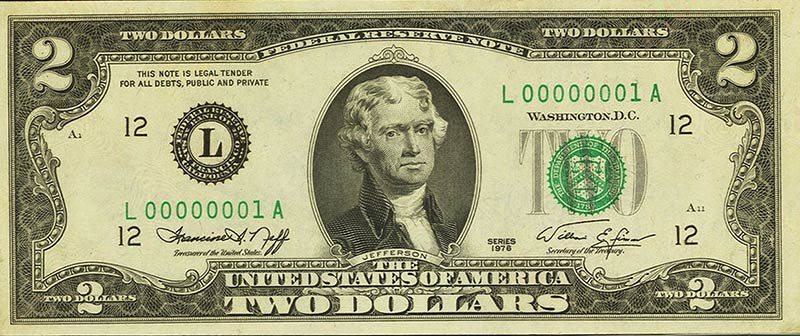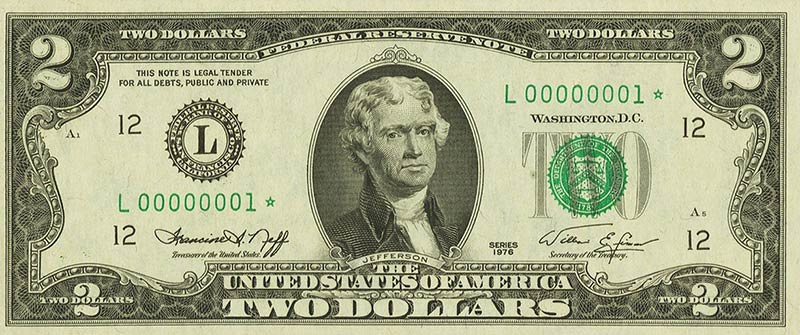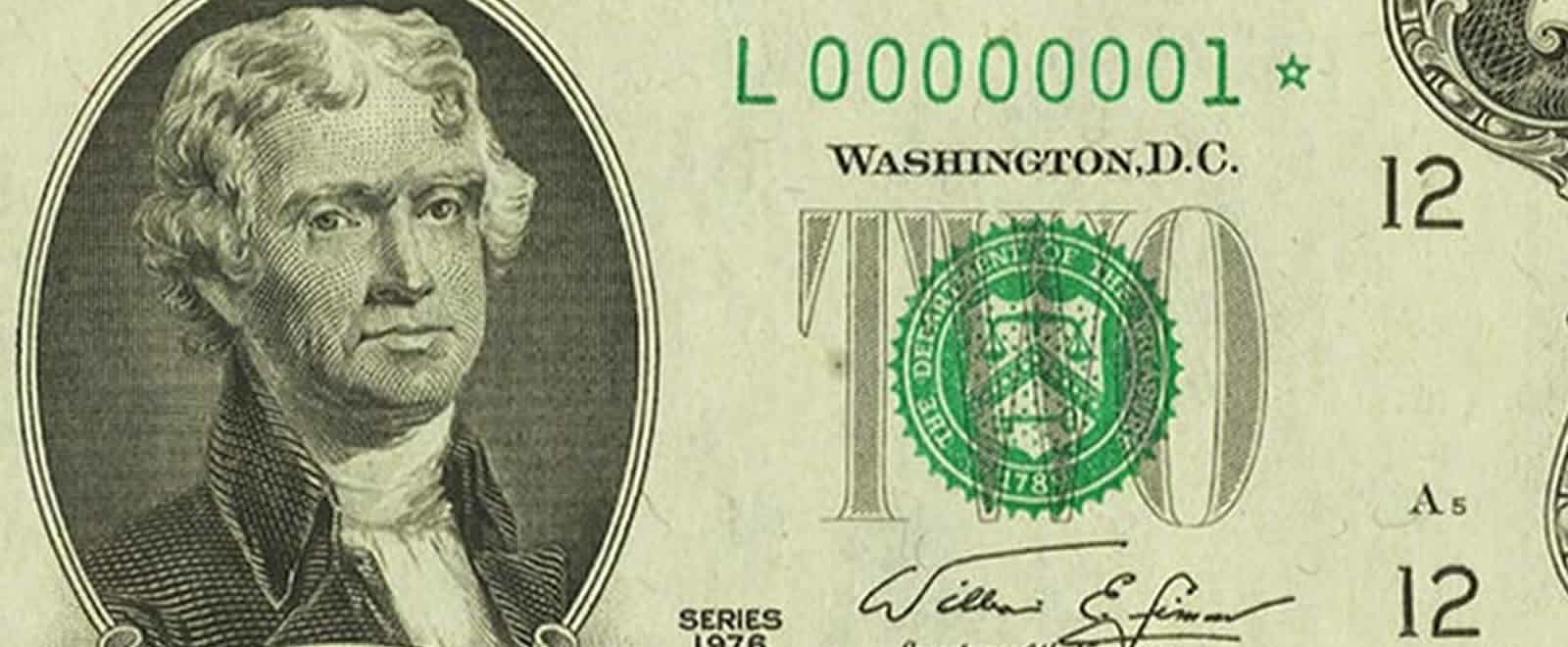ORIGINAL BILL AND STARRED REPLACEMENT A COMBINATION RARELY PRESENTED TOGETHER AT AUCTION
COLLECTIBLES TYPICALLY ARE defined as items created in quantity that have collector interest. While some items are unique due to attrition or stand out because of superior condition, there is an attribute of some collectibles that adds a fun dimension to collecting.
EVENT
CURRENCY SIGNATURE® AUCTION 3541 at the Florida United Numismatists Show is scheduled for Jan. 6-12, 2016, in Tampa, Fla., and online at HA.com/3541. For information, contact Dustin Johnston at 214-409-1302 orDustin@HA.com.
Serial numbers and their like are definitive identifiers for items like watches, artist prints and cars. “Numbered collectibles are closely tracked by aficionados,” says Dustin Johnston, director of currency auctions at Heritage Auctions. “They can reveal the dates the items were issued and can easily establish a pedigree of venerable owners.”
Enlarge

Estimate: $25,000-$35,000
In the world of collectible currency, serial numbers are prominently displayed on most notes. “Just like the first Corvette that rolled off the assembly line, Serial Number 1 notes are highly sought after by numismatists,” Johnston says. “Records exist for certain notes chronicling their ownership over the years. This includes presidents, vice presidents and even cabinet members before the notes eventually find their way into important collections.”
While Serial Number 1 notes are not uncommon at Heritage, they abound in the upcoming currency auction at the Florida United Numismatists (FUN) Show in Tampa, Fla.
The lack of public acceptance of the $2 bill resulted in much smaller printings than for other denominations. Still, Johnston says, “most people have seen the $2 Federal Reserve note of the last few decades, whether in a Christmas card as a child or as a novelty tip.”
Enlarge

Estimate: $35,000-$45,000
The first $2 note from the San Francisco Federal Reserve’s 1976 Issue is featured in the upcoming auction and paired with an unusual mate. “During every print run, notes that are misprinted are replaced before issuance with examples denoted with a star at the end of the serial number,” Johnston says. “Numbering of stars does not always begin with a Serial Number 1, but in the case of this San Francisco issue, the Serial Number 1 was used and quickly plucked from circulation, resulting in a pair that may be the most coveted in the history of modern-note collecting.”
Other Serial Number 1 notes in the auction include the first “Battleship” $2 from the Cleveland District 1918 Issue, as well as a wide ranging offering of National Bank Notes boasting Serial Number 1. “Rarity and demand can push the values for the best of these notes well into the five and six figures,” Johnston says.

